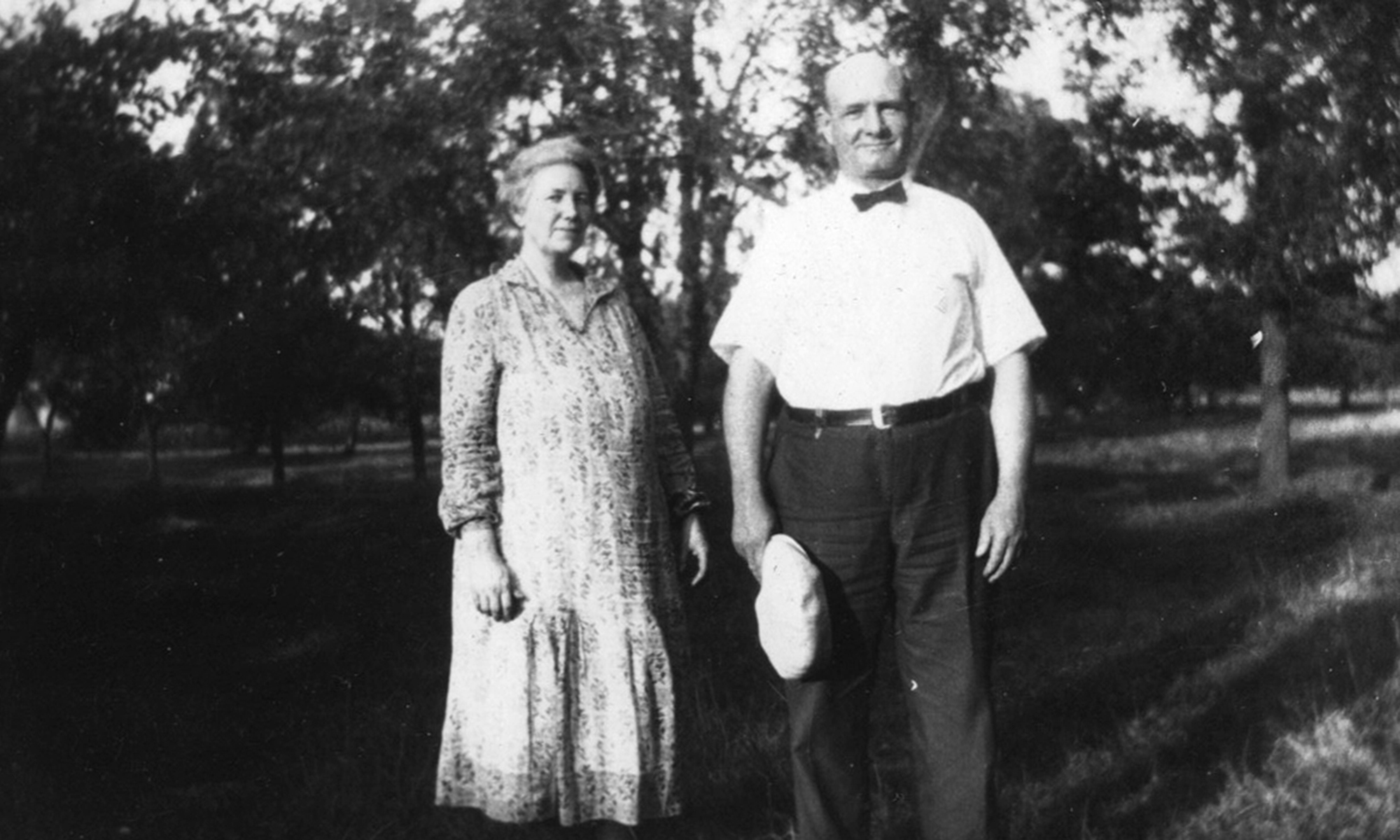It goes without saying that the written word isn’t as expressive as the spoken. So you’ve gotta give credit to the people who came up with the idea of keyboard expressions — the smiley, sad, and winky faces that helped us ‘splain ourselves a bit better.
Now that we have a plethora of emojis, though, the keyboard gestures have largely been kicked to the curb. Which is a shame, ’cause I enjoyed the humor and creativity of keyboard expressions.
This morning, however, I was pleasantly surprised to see a new one (for me) in a New York Times article about the color purple.
“ Still, how a color so rare in nature went viral on the planet is a mystery in itself. Was it in spite of, or because of, its rarity? ¯\_(ツ)_/¯ ”
Whoa, that shrug’s like the mother of all expressions! Leave it to the Old Gray Lady to make the keyboard great again.
It got me to wondering how this “shrug” was constructed. And in trying to duplicate it, I tumbled into the mysterious world of ASCII and Unicode characters, those hidden gems that a typewriter never dreamt of.
The “hands” of the shrug were done with the ASCII “macron” character, produced by holding down the ‘ALT’ key and typing 0175 on the numeric keypad on the right side of the keyboard.
The “arms” — the forward and backward slants — were standard keyboard characters, as were the underscore “shoulders.” Ditto the sides of the “head” formed by opening and closing parentheses.
But the facial expression was a mystery. And that’s where I got lost in the Unicode world and didn’t come out until hours later.
There’s a world of Unicode characters even more massive than emojis. Many of them can be discovered by using the Character Map found within Windows Accessories. But that’s only the tip of the iceberg, or as they say in late night TV ads, “but wait, there’s more!” To take a deep dive into the Unicode world, check out the website https://www.unicode.org/charts/.
Despite going through more character sets than I have fingers and toes, I still couldn’t find the elusive smile captured by the Times writer. The best I could do was a goofy face using the Arabic letter Teh, or Unicode 062A. So my version of the shrug looked like this ¯\_(ت)_/¯ . The expression may look more like me, but it doesn’t quite capture the spirit of the original. So I cheated and Googled it and finally found the “face.” It’s the Japanese katakana Tsu character, Unicode 30C4, ツ.
Anyway, I did learn a couple of things about Unicode along the way. First, there are a hundred bazillion characters and pictographs available. While finding the face was one thing, getting it on paper was another. And that’s that other thing I learned— inserting Unicode characters involves a little keyboard gymnastics.
In Windows-based programs, I found I needed to type the code (in this case 062A) and then press the ‘ALT’ and ‘X’ keys simultaneously. The 062A alphanumeric characters show on the page as you type them, then they are magically replaced with the Unicode character ت when you hit the ALT and X keys together. It’s pretty cool.
But worth it, you ask? I think so.
Say you want to embellish your holiday greeting emails with a Christmas tree or a Santa Claus. In the subject line try out the 1F384 or 1F385 Unicodes to get pictograms of the tree 🎄 or Santa 🎅 to make your message stand out. If you want something a little snazzier than a round • bullet list (ALT+0149), try using a black right arrow ▶ list (Unicode 2023). If you have printer’s ink running in your veins and want to use ligature letters, try Unicode FB01 to replace the fi rst letters with fi rst. If you’re a music buff, add some notes to your ♫ Tra La La ♫ with Unicode 266B.
You get the picture, right ¯\_(ツ)_/¯ ?
